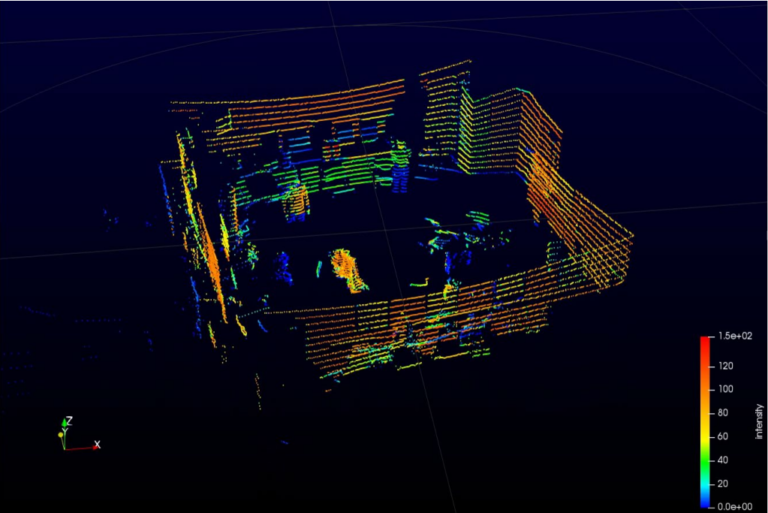
The development of light detection and ranging (lidar) technology began in the 1960s, following the invention of the laser, which represents the central component of this system, integrating laser scanning with an inertial measurement unit (IMU) and Global Positioning System (GPS). Lidar technology is spreading to many different areas of application, from those in autonomous vehicles for road detection and object recognition, to those in the maritime sector, including object detection for autonomous navigation, monitoring ocean ecosystems, mapping coastal areas, and other diverse applications. This paper presents lidar system technology and reviews its application in the modern road transportation and maritime sector. Some of the better-known lidar systems for practical applications, on which current commercial models are based, are presented, and their advantages and disadvantages are described and analyzed. Moreover, current challenges and future trends of application are discussed. This paper also provides a systematic review of recent scientific research on the application of lidar system technology and the corresponding computational algorithms for data analysis, mainly focusing on deep learning algorithms, in the modern road transportation and maritime sector, based on an extensive analysis of the available scientific literature.